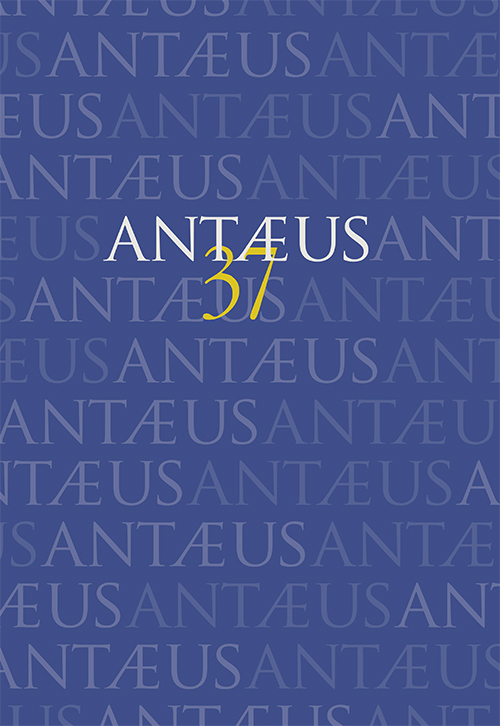|
Reflexionen auf die Abhandlung von Miklós Takács László Kovács 
AbstractAt the request of the editors for submitting a paper to the present annual, I wrote a study in German in which I interpreted the Hungarian archaeological term szállási temető [i.e. a cemetery of a short-lived settlement]. Earlier, I expressed the view that the archaeological analysis of cemeteries and burials belonging to the Conquest Period should be preceded by the chronological classification of cemeteries – based on the number of graves belonging to the fully excavated cemeteries. The distinction between burials of the local population found in the Carpathian Basin and the great cemeteries of the settled Hungarians that were in use for various periods from the 9th to the 12th centuries seemed acceptable (village cemetery types I–III and V–VIII). The difficulty of interpretation arose in connection with the small 10th-century cemeteries of the Hungarians (referred to as szállási temető by me in Hungarian). The existence of this type of cemetery cannot be questioned. They can be characterized with the typical burial customs of the conquering Hungarians as well as grave goods made of the most valuable materials placed in graves in a large quantity, which can be dated with foreign coins. These finds form extremely diverse assemblages. From their short use lasting a few decades (?), István Fodor and Ákos Tibor Rácz inferred that, with this, I wanted to demonstrate the nomadic way of life led by communities using the cemeteries above. However, I did not state anything like that, as the hydrographic, phytogeographical, and climatic features of the Carpathian Basin would not have made possible typical nomadic farming in the first place. Moreover, I factually refute this assumption with the finds of this type of cemetery, such as pig, hen, and goose bones, as well as eggs, which are not suggestive of nomadic animal husbandry at all. I did not study the relationship between cemetery types and contemporary settlements. The possibility of examining the relations between them was reviewed by Miklós Takács, an expert on this question, in his study of fundamental importance evoking debate. |
![]()



